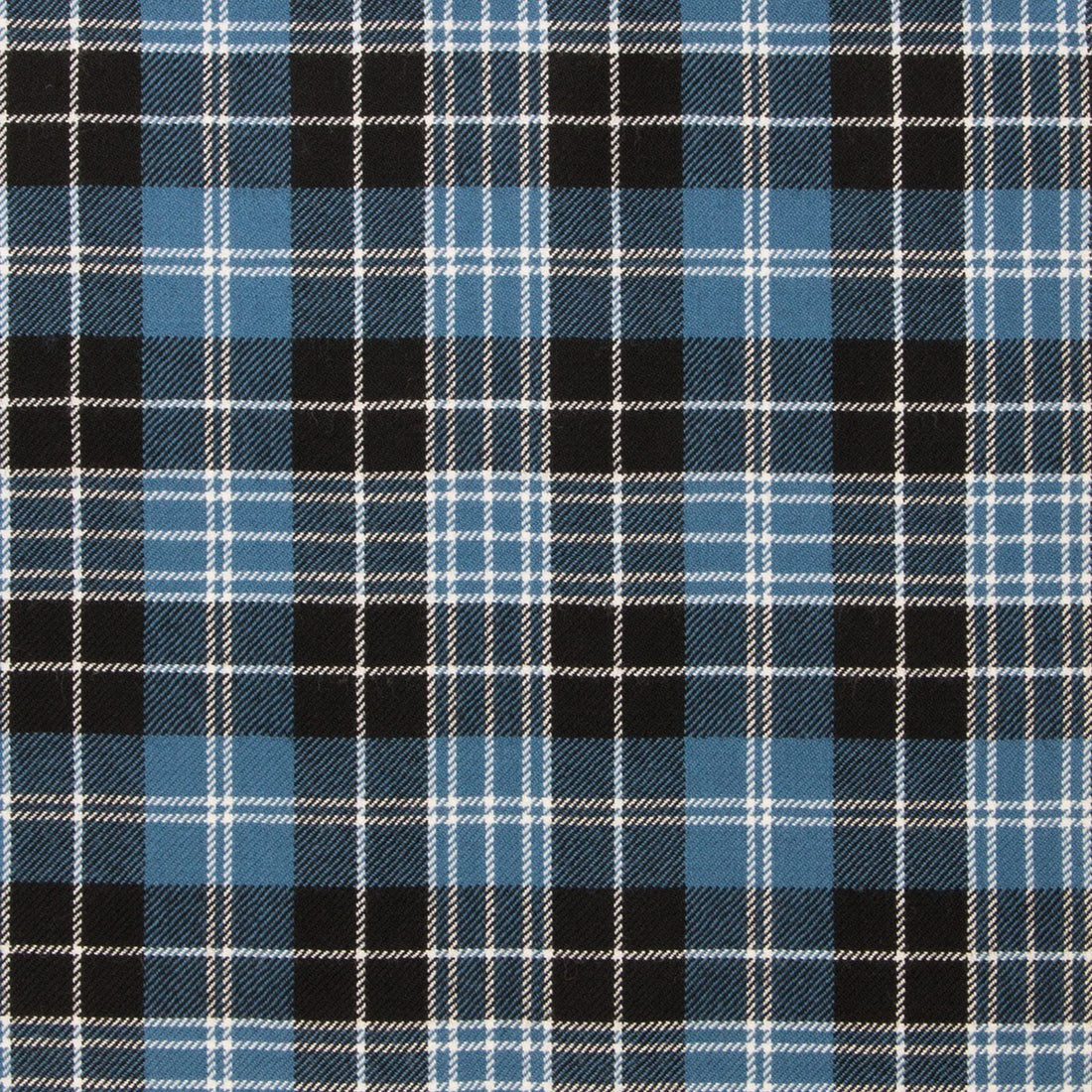
What Tartan Should I Wear? — All You Need for Choosing a Tartan
"What tartan should I wear?"
There aren't really any rules about which tartans you can and can't wear, but here's some info to help you pick one.
The first step in choosing a tartan is to look to see if your surname is actually associated with its own tartan. For many last names, even Scottish ones, that's not the case. If your surname has its own tartan, then you're done, and you've found yours. Keep in mind though, you're under no obligation to choose your own family's tartan, and you might even have several other tartans connected to your family.
Assuming there's no tartan by your name, that brings us to the next step: see if your surname is associated with any clan that did have a tartan.
For example, someone with the last name Kene would have been most likely to wear a MacDonald tartan, according to our resource book, Tartan for Me!. A Kird would have probably worn the Sinclair tartan. Larger clans formed alliances with smaller groups who in turn adopted the larger clan's tartan.
Let's say you had no luck finding a clan relationship for your surname. The next step would be to look back through your genealogy for any Scottish name and try again. If all else fails, there are a number of district tartans, associated with locations rather than particular families, and then there are universal tartans like Black Watch, Royal Stewart, and Flower of Scotland.
Another option is to just pick any tartan that you like. There's no rule that you need a reason to wear a tartan. Maybe you just like the colors. In fact, there are thousands of people wearing variations of the the Buchanan and Thompson tartans who don't even know they're doing so (check out where the Burberry tartan came from!).
You might wonder, regardless of what you decide your tartan is, what is the difference between modern, ancient, weathered, hunting, dress and other variations on each tartan? Not all tartans will have so many versions, but larger clans tend to have several. We'll go through the types one by one:
Tartan Color Variations
 Modern - Modern tartans are the standard and usually the most well-known versions. Their signature rich and bold colors only became possible in 1860 with the invention of aniline dyes. If you're looking for the official tartan for any given clan, this is it (generally speaking).
Modern - Modern tartans are the standard and usually the most well-known versions. Their signature rich and bold colors only became possible in 1860 with the invention of aniline dyes. If you're looking for the official tartan for any given clan, this is it (generally speaking).
 Ancient - The ancient tartans that are woven today are created to simulate what tartans looked like before the invention of modern dyes in 1860. This is achieved by dying in lighter shades that are more true to the plant-based dyes available to the earliest tartan weavers.
Ancient - The ancient tartans that are woven today are created to simulate what tartans looked like before the invention of modern dyes in 1860. This is achieved by dying in lighter shades that are more true to the plant-based dyes available to the earliest tartan weavers.
 Weathered - Weathered tartans are dyed in strongly muted colors in order to simulate the effects of sunlight, rain and the elements upon the colors of a tartan. Full of greys & browns, they're mostly neutral in tone. Some colors like red and yellow are unchanged, adding a pop of color.
Weathered - Weathered tartans are dyed in strongly muted colors in order to simulate the effects of sunlight, rain and the elements upon the colors of a tartan. Full of greys & browns, they're mostly neutral in tone. Some colors like red and yellow are unchanged, adding a pop of color.
 Muted - Muted tartans are just a less extreme version of weathered ones, where the colors still retain more of their original hues. To make matters more confusing, some vendors and retailers will use the terms weathered and muted interchangeably.
Muted - Muted tartans are just a less extreme version of weathered ones, where the colors still retain more of their original hues. To make matters more confusing, some vendors and retailers will use the terms weathered and muted interchangeably.
Tartan Pattern Variations
Unlike Modern / Ancient / Weathered, which are all color variation only, the Hunting & Dress versions of a tartan may be completely different, pattern and all.
 Hunting - Hunting tartans are not, as the name suggests, specifically worn while hunting. They're named that way because many of them contain a lot of earth tones, and would be good for hunting. It is perfectly acceptable to wear a hunting tartan to a formal event.
Hunting - Hunting tartans are not, as the name suggests, specifically worn while hunting. They're named that way because many of them contain a lot of earth tones, and would be good for hunting. It is perfectly acceptable to wear a hunting tartan to a formal event.
 Dress - Dress tartans contain a large amount of white in order to better match formal wear. Some clans like MacPherson have actually adopted their Dress variety as their main tartan.
Dress - Dress tartans contain a large amount of white in order to better match formal wear. Some clans like MacPherson have actually adopted their Dress variety as their main tartan.
Wear the tartan you want to wear.
Even if you're not of Scottish descent, or you can't find any tartan that's specifically connected to your family, there are plenty of tartans that are considered universal. Furthermore, there are a lot of tartans that were made purely for the sake of fashion, and, yes, you can wear another clan's tartan. It's really OK.

2 comments
Hi Sheryl,
The standard Wallace tartan is the red version.
Hunting tartans are generally made later and include more greens and browns.
Thanks for your question! I hope that helps.
Why is the tartan color of the hunting Wallace tartan green and modern tartan red? Which is the true actual color for the Wallace tartan.